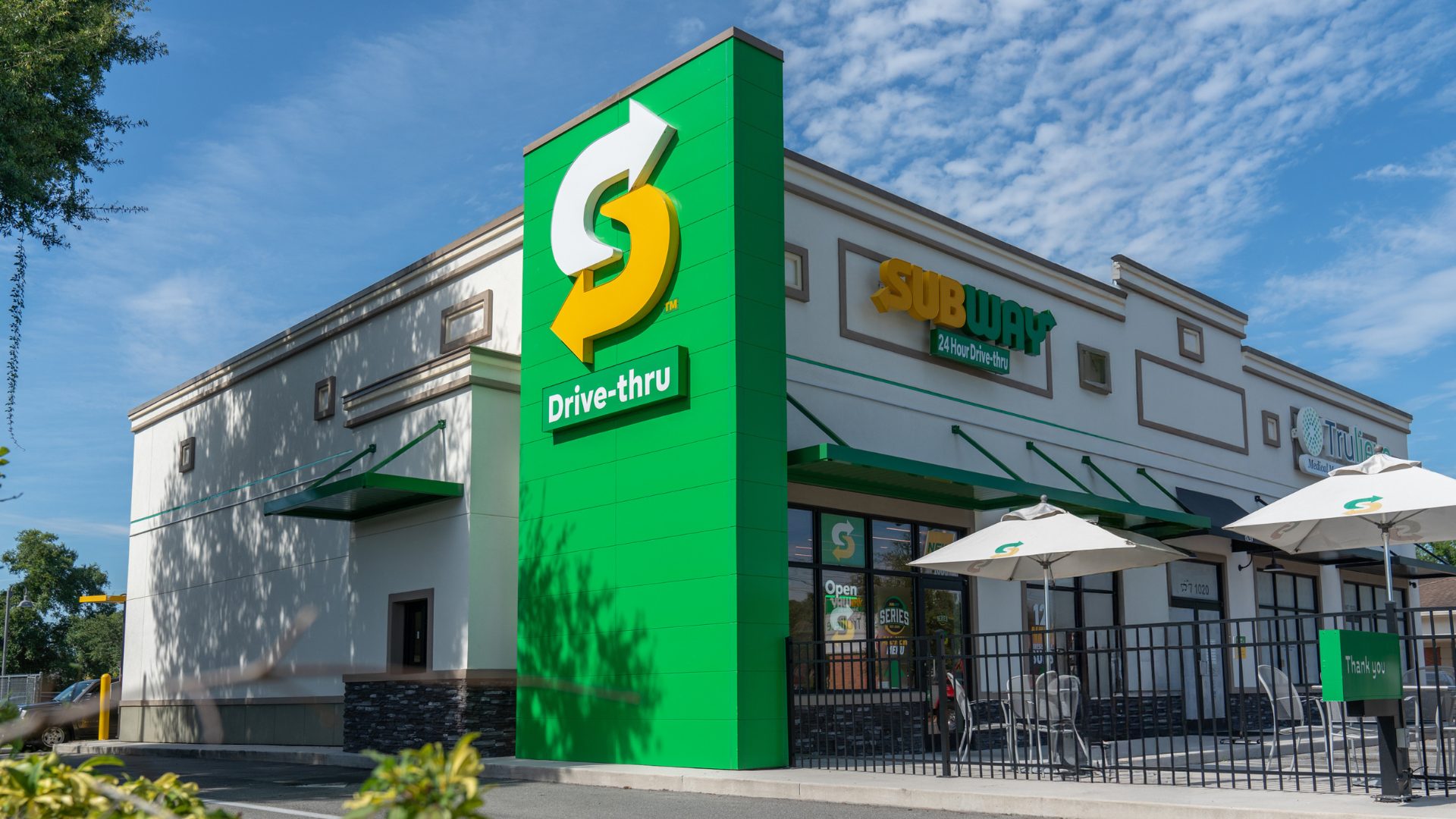Amid rising demand for fresher food products, companies need to ensure their inventory is data-driven, with technology and procedures in place to adapt to a rapidly-changing market, according to Venky Ramesh, head of strategic business advisory services, consumer products and distribution at EPAM Continuum.
“It’s about agility, especially in the food industry,” said Ramesh. “They sell products where there’s a very high share expiring.
“One company I talked to, based out of Mexico, said about $14 million of products out of their half a billion in revenue were expiring in the warehouse itself — and then there are the products that expire on the shelf,” Ramesh added. “The reason for that is not having the right demand planning processes. They don’t have visibility into the demand, so they’re manufacturing products that aren’t selling.”
Agility is important for operations across the board, from managing inventory to handling pricing and promotions, Ramesh said. The challenge the food industry faces is that it’s been slow to adapt to a changing world, and older strategies are often no longer relevant in a fast-paced post-pandemic world.
“Companies are not able to keep up to this change,” said Ramesh. “Their processes were built decades back and they are looking at more competitive agility, so to speak. That means right-sizing their functions, processes and supply chains and the ability to drive that agility in their planning as well as execution processes.”
Achieving true agility will involve a collaboration between both CPGs and retailers.
The key to producing the right products in the right amounts is looking outward at customer habits. But, in order to achieve that, manufacturers need access to the data that grocers have, according to Ramesh.
One example of a CPG using data to boost sales while preserving the bottom line is SkinnyPop, Ramesh said. The brand reduced the size of the individual packs in boxes sold at Costco so that each minipack has just 100 calories,based on trends seen in more snacking between meals combined with interest in portion control.
That move allowed the brand to increase the price per ounce while still meeting demand and benefiting calorie-conscious shoppers.
With that, grocers who build agility into their processes can truly succeed in the current environment.










